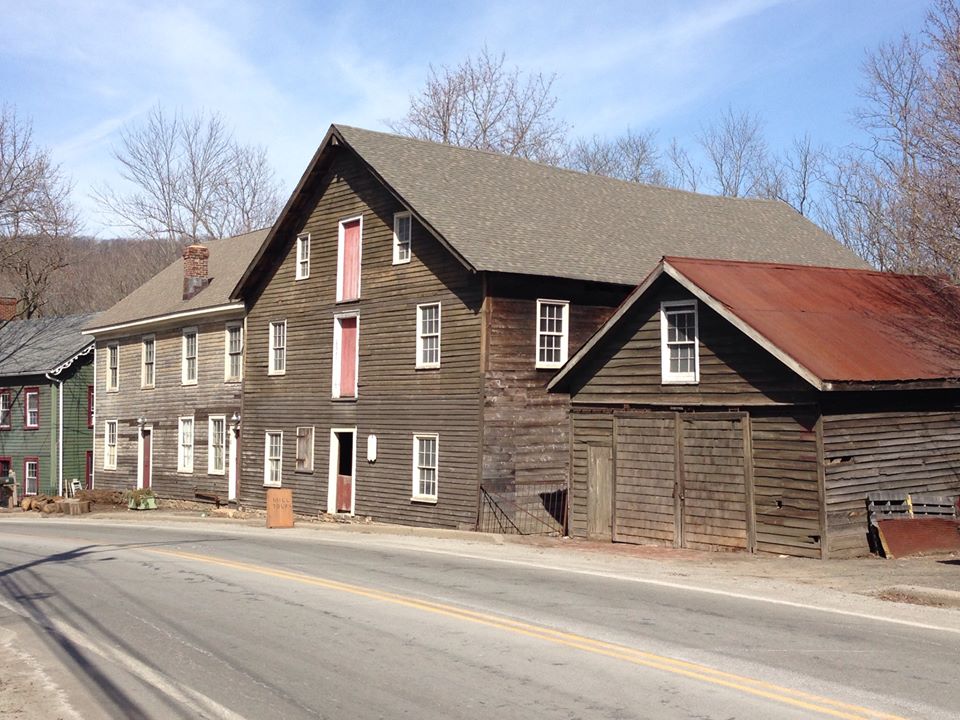THE HISTORIC PRESERVATION PLAN

Preservation planning is a process that organizes preservation activities (identification, evaluation, registration and treatment of historic properties) in a logical sequence. … Preservation planning is based on the following principles: Important historic properties cannot be replaced if they are destroyed. Jun 18, 2001
National Park Service (.gov) › history
Secretary’s Standards–Preservation Planning – National Park Service
Back in 1997 our first preservation plan for the Obadiah LaTourette Grist and Saw Mill was completed. While a “professional’s” name was on the report, President Caryl Brackenridge and our in resident architect, Walter Hollein did the work. 23 years later, with the advancement of the preservation planning process, it’s time to do it again. Sitting in the center of Long Valley, the Mill is a contributing structure to the downtown historic district. The mill’s origin dates back to 1750, when the town was German Valley and the mill operated with waterwheels; but the Land Trust’s focus has been the mill from 1854 to 1890. The Mill’s heyday. During that period in the 1870s, LaTourette converted its power source to turbines (made at the foundry, where A.E Hall Plumbing is now, in the nearby Bartleyville on Barkley road.).
We are pleased to announce that we were awarded a matching grant from the Morris County Historic Preservation Commission to update our preservation plan. Our first attempt several years ago failed due to circumstances outside of our control. We are grateful and excited that MCHPT has given us a second chance. We were fortunate to engage the highly regarded firm of Connolly and Hickey Historical Architects. The grant process can be arduous. With Vice President Kim Kaiser’s expertise in grant writing, President Jim Fitterer and trustee Joe Koller’s help, we were able to sail through the site visit and final presentation. Flexibility was key here and was put to the test. With the beginning of the current environment and in lock-down, and on very short notice, Jim and Joe were able to put together a 15 minute video to replace the physical site visit. The final presentation went virtual as well. Based on MCHPT’s recommendation, the County Freeholders gave their blessing in July and a grant of $65,000 was awarded to our Land Trust, ($52,000 from MCHPT and $13,000 matching by the Land Trust) to pay for this preservation plan. Given a year to compete, once done, we will have a living, breathing document to use as the instrumental tool in guiding us through the Secretary’s Standards of Historic Preservation – up to including the end use of this historic gem known fondly as “The Mill”.
This development is the latest in a long series of steps by dedicated volunteers to save the Mill dating back to the inception of the Washington Township Land Trust in 1991. The trustees are thrilled at the prospect of the eventuality of the Mill’s restoration, and we are grateful to all of WTLT’s members and benefactors for helping us to reach this goal.
